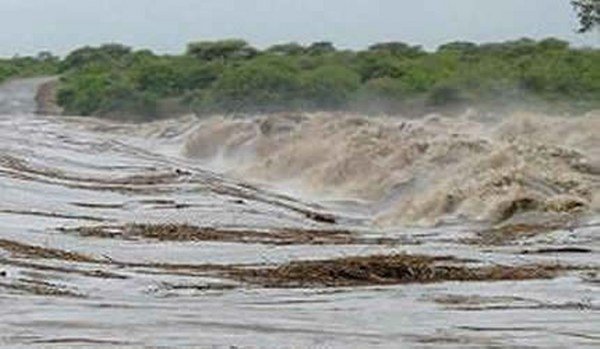Recently, areas in China, such as ZHUOZHOU in Hebei Province, have faced the onslaught of floods, and media reports have included numerous hydraulic terms like flood discharge and flood diversion. In this context, it is necessary to understand the meanings of these terms and the role of flood storage areas in flood control.
When floods strike, the common approach is to utilize reservoirs to store excess water and utilize river channels to discharge floodwaters. Reservoir storage, often referred to as flood retention, involves storing water in reservoirs, while flood discharge involves releasing excess water. When the water level in a reservoir exceeds a certain limit, to prevent overflow, gates are opened to direct the excess water into downstream river channels. In the case of extremely large floods, maintaining clear passage through embankments along the river becomes a crucial measure. However, areas containing embankments and fields within river channels may be inundated. In cases where the flood magnitude is substantial, relying solely on retention and discharge is insufficient, and that’s when flood storage areas come into play.
The purpose here is to divert excess floodwaters, alleviate peak pressure, and minimize flood-related losses. Flood storage areas refer to low-lying areas and lakes designated for temporary floodwater storage, with the ability to intake and release water as needed. Where are these flood storage areas located? The Chinese government has established comprehensive plans, identifying 98 flood storage areas, including 28 in the Haihe River Basin, which encompasses recently activated areas like the Yongding River basin and the Xiaoqing River diversion area. The Xianxian Flood Storage Area in Xianxian County, Cangzhou City, Hebei Province, is a well-known flood storage area, covering a total area of 331.5 square kilometers. In anticipation of approaching floods, flood control authorities promptly notify residents in flood storage areas to relocate to safer areas, reducing the risk of casualties. Flood storage areas make significant sacrifices in flood defense. For instance, in the recent floods in North China, once the rain stops, the water levels in river channels start to recede.
However, it takes time for flood storage areas to drain, with higher terrain areas expected to recover within about a week, while lower-lying areas may take up to a month. After the floodwaters recede, the losses incurred due to the use of flood storage areas are compensated by local governments in accordance with the law, covering damages to crops, livestock farming, housing, production equipment, and durable consumer goods.
As a country frequently confronted by flood and inundation disasters, China regularly faces the challenge of balancing local and national interests. To minimize losses to the greatest extent possible, we must recognize and remember the contributions and sacrifices made by flood storage areas. Our heartfelt wishes go out to all those affected by floods, hoping for a swift recovery and a return to normalcy.

